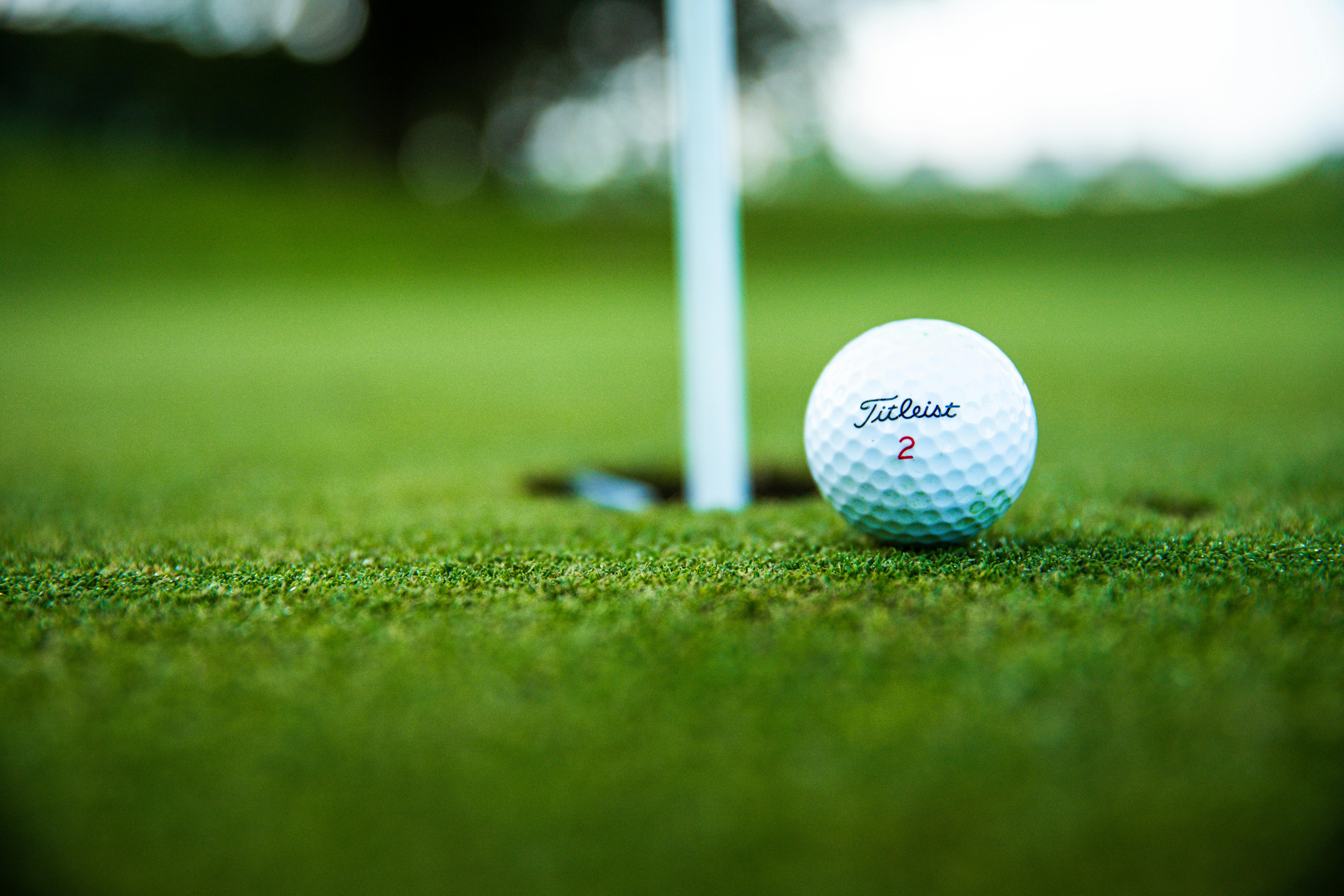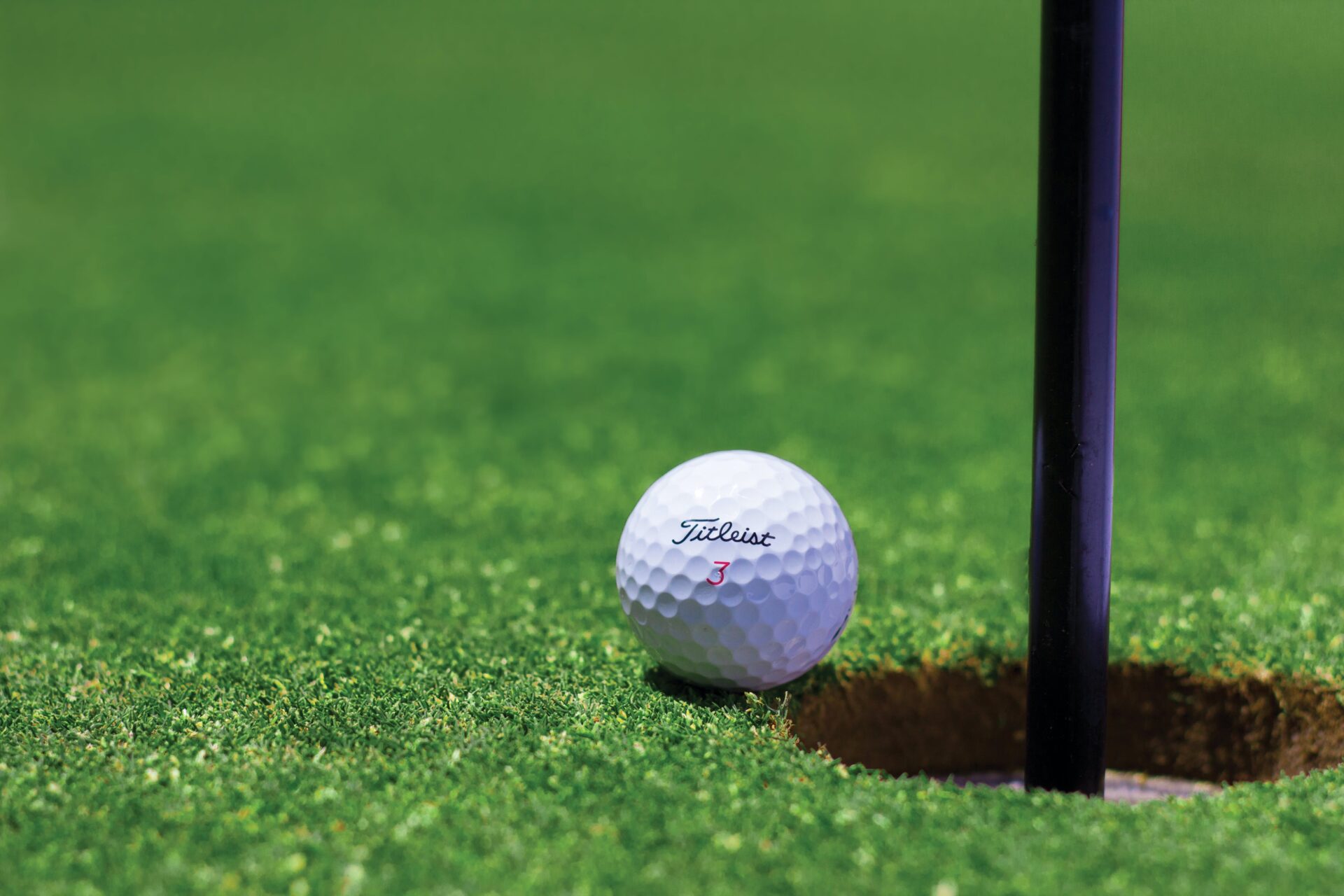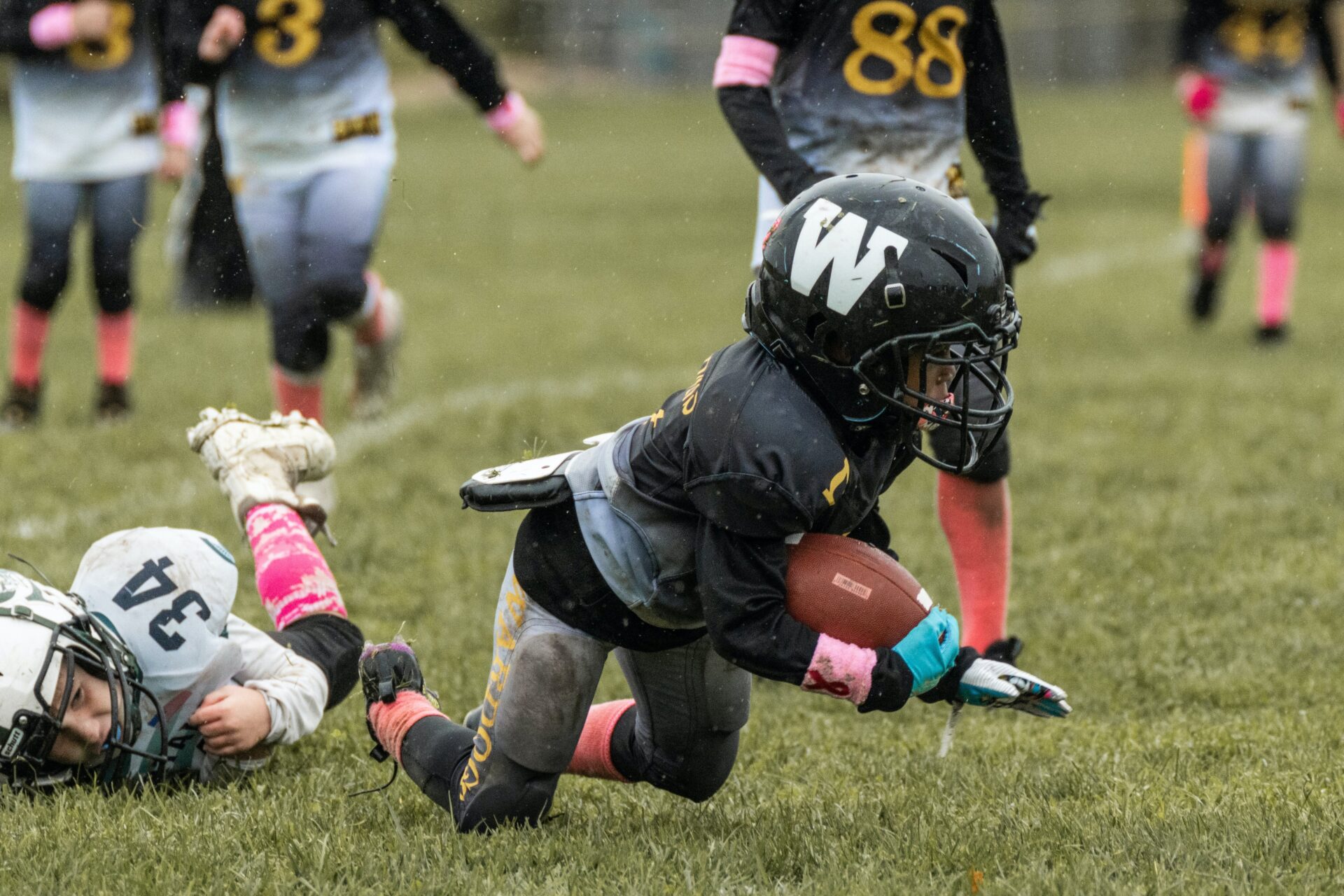Golf is a popular sport that requires skill and precision to be successful. One of the most important factors in achieving good results is ball speed. Ball speed is how fast the ball travels after it has been hit with a club. High ball speeds can help players increase their distance, accuracy, and overall performance. It is important to understand what constitutes a good ball speed in order to maximize your game.Ball speed in golf is a measure of how fast the golf ball is traveling through the air when it is hit. It is typically measured in miles per hour (mph) and can range from as low as 50 mph to over 200 mph for professional golfers.
Factors That Affect Golf Ball Speed
Golf ball speed is one of the most important factors in a golfer’s performance. It affects the distance and accuracy of shots, as well as the trajectory of the ball. The speed of a golf ball is determined by a variety of factors, including club head speed, loft angle, spin rate, and more. Understanding each factor can help golfers maximize their performance and hit the ball farther off the tee.
Club head speed is one of the most important factors that affects golf ball speed. The faster a golfer swings their club, the faster their golf ball will move. This means that players with higher club head speeds will typically hit the ball farther than those with slower swing speeds. It is important for golfers to focus on generating club head speed while not sacrificing accuracy for distance.
Another factor that affects golf ball speed is loft angle. Loft angle refers to the degree at which a clubface meets the ball at impact. Generally speaking, clubs with higher loft angles will produce more backspin on shots, resulting in less distance but more accuracy. Conversely, lower lofted clubs generate less spin and more distance off tee shots.
Spin rate is another important factor that affects golf ball speed. Spin rate refers to how much spin a golfer puts on their shots when they hit them off the tee or from any other part of the course. High spin rates result in shorter distances but more accuracy while low spin rates produce greater distances but less accuracy.
Finally, wind conditions can affect golf ball speed significantly as well. Stronger winds can reduce overall distances while calmer winds can allow for longer drives off the tee. It is important for players to consider wind conditions when playing a round of golf in order to maximize their performance and score potential.
Different Types of Golf Balls and Their Impact on Ball Speed
Golf balls come in a variety of different types, each designed to produce a different result. Some golf balls are designed to maximize distance, while others are designed to increase accuracy. Different materials also play an important role in the performance of the golf ball. Here we will look at the different types of golf balls and how they can affect ball speed.
The first type of golf ball is the two-piece ball. This type of golf ball is usually made from a hard plastic cover with a soft rubber core. Two-piece golf balls are typically used by beginners because they offer good distance with minimal spin and accuracy. The downside to this type of ball is that it doesn’t have as much feel as other types, so it’s not as suitable for players looking for more control over their shots.
The second type of golf ball is the multi-layer construction or three-piece golf ball. These types of balls typically have a thicker, firmer cover than the two-piece variety and usually consist of multiple layers of material that provide increased spin and control. Multi-layer construction balls can be great for experienced players looking for more control over their shots, but they don’t typically offer as much distance as two-piece balls do.
The third type of golf ball is the four-piece construction or urethane covered golf ball. This type of ball has a thick outer cover made from urethane material which helps provide enhanced spin and control around the green. Urethane covered balls tend to be more expensive than other types, but they are often worth it for experienced players who need increased spin around the green and more control over their shots.
When it comes to how these different types of golf balls can affect overall ball speed, it really depends on what type you choose and how you hit the shot. Generally speaking, two-piece balls tend to travel farther than multi-layer or urethane covered balls since they don’t have as much drag due to their thinner covers. However, if you want maximum accuracy then multi-layer or urethane covered balls may be your best bet since they provide increased spin which can help keep your shots on line better than two piece models can.
So when considering what type of golf ball to use, make sure you take into account how it will affect your overall speed as well as what kind of feel you need around the greens in order to get your desired results from each shot!
Increasing Your Swing Speed
Increasing your swing speed is one of the best ways to increase your golf ball speed. This can be done by focusing on specific drills, such as the “lateral drop drill” and the “takeaway drill”. The lateral drop drill will help you to increase your hip movement and improve your weight transfer, while the takeaway drill will help you to get a better start to your swing. Both of these drills should be done regularly in order to increase your swing speed.
Improving Your Coordination and Balance
Improving your coordination and balance is also important for increasing your golf ball speed. This can be done by focusing on drills that involve balance, such as using a weighted club or using a balance board. Both of these drills can help you to improve your coordination and balance, which will provide you with increased power in your golf swing.
Strengthening Your Core Muscles
Strengthening the core muscles is another important factor in increasing your golf ball speed. This can be done by performing exercises such as planks, crunches, and squats. Focusing on strengthening these core muscles will not only help you with generating more power in your golf swing, but also with improving your coordination and balance.
Using the Right Clubs
Using the right clubs can also help you increase your golf ball speed. It is important to find a club that fits well with your playing style and body type in order to maximize efficiency when swinging. If a club does not fit correctly it may cause you to lose power or accuracy when hitting the ball, so it is important to find a set of clubs that work best for you.
These are just some tips on how to improve your golf ball speed. With practice and dedication, these tips should help any golfer improve their game significantly!
1. Improve Your Swing Mechanics
Improving your swing mechanics is one of the best ways to increase your ball speed. This means focusing on the basics such as your posture, grip, and follow-through. Proper technique can help you generate more power with less effort, resulting in increased ball speed. To make sure you’re using the correct technique, consider taking some lessons from a qualified golf instructor.
2. Increase Your Flexibility
Increasing your flexibility can help you generate more power and speed in your swing. Stretching exercises and yoga postures can help improve your flexibility and range of motion, allowing you to generate more force when you swing the club. Focus on stretches that target your arms, shoulders, hips, and core muscles for maximum benefits.
3. Strengthen Your Muscles
In addition to increasing your flexibility, strengthening the muscles used in your golf swing can also help increase ball speed. Exercises such as tricep dips, shoulder presses, hip extensions, and planks are all great for building strength and power in those muscle groups used in a golf swing.
4. Use a Launch Monitor
Using a launch monitor can be an effective way to measure and track changes in ball speed over time. Launch monitors measure the trajectory of the ball at launch and provide valuable data that can be used to adjust technique or equipment to optimize performance. By using a launch monitor regularly, you can work towards gradually increasing ball speed over time.
5. Check Your Equipment
Having the right equipment is essential for maximizing ball speed off the tee. Make sure that all of your clubs are properly fitted for your height and playing style so that they are matched to maximize performance off the tee box. Also check that all of your clubs are in good condition with no dents or damage as this could affect ball speed.

Increasing Your Ball Speed
Increasing your ball speed can have a number of positive impacts on your performance. It can help reduce fatigue and improve accuracy, as well as increase swing speed. A faster ball increases the chances of it travelling further, providing more opportunities for scoring. Additionally, a higher ball speed helps to increase power during shots, making it easier to hit the target. With increased power and accuracy, players are able to complete shots with greater consistency and better results.
Another benefit of increasing ball speed is that it allows players to create more spin on their shots. This spin helps to control the trajectory of the ball, giving players greater control over where it goes. It also aids in keeping the ball low when needed and making sure it does not travel too high or too far away from the target. Spin resulting from increased ball speed also helps to keep the ball away from defenders or obstacles, allowing for greater accuracy in shots taken.
Finally, increasing ball speed can also help players develop better technique and form when playing. As they become accustomed to hitting the ball at faster speeds, they are able to adjust their posture accordingly and use more efficient techniques that will allow them to maximize their potential. This will lead to enhanced performance and improved consistency when playing competitively or recreationally.
Measuring Golf Ball Speed
Measuring the speed of a golf ball is an important factor for golfers to consider when looking to improve their game. There are several methods available for measuring golf ball speed including using a launch monitor, radar gun, or even a smartphone app. Launch monitors are the most accurate way to measure golf ball speed and provide detailed information such as launch angle, spin rate, and carry distance. Radar guns are another popular option for measuring golf ball speed but they can be less accurate than launch monitors. Smartphone apps can also be used to measure golf ball speed but they are generally less accurate than either launch monitors or radar guns.
No matter which method is used, there are several factors that should be taken into consideration when measuring golf ball speed. These include the type of club being used, the golfer’s swing speed, the surface of the course, and even the weather conditions. By taking all of these factors into consideration, a golfer can ensure that they get an accurate measurement of their golf ball speed. This will help them determine what changes need to be made in order to improve their game.
The Role of Swing and Technique in Golf Ball Speed
Golf ball speed is one of the most important components of a successful golf shot, and it’s largely determined by a combination of swing technique and clubhead speed. Swing technique is the body’s motion used to hit the golf ball, while clubhead speed is simply the rate at which the clubhead moves through impact. A good swing technique can help maximize a golfer’s clubhead speed, while optimizing the clubhead speed can improve a golfer’s ability to control their swing.
The most important factor in achieving maximum golf ball speed is proper swing technique. This includes having an efficient weight transfer from the backswing to the downswing, using appropriate body angles throughout the swing, and maintaining proper balance throughout the entire motion. If any of these elements are off, it could lead to an incorrect or inefficient strike on the golf ball, resulting in slower golf ball speeds.
In addition to proper swing technique, maximizing clubhead speed is also key for achieving maximum golf ball speeds. Clubhead speed can be increased by developing a stronger and more efficient swinging motion that utilizes both strength and flexibility. Working on building power through dynamic stretching exercises or resistance training can help develop greater power in your swings. Additionally, developing a more efficient swinging motion will allow you to hit through the ball more effectively with greater control and accuracy.
Golfers should also strive for consistent contact with each shot as this will help ensure that their maximum clubhead speed is being transferred into each shot for maximum potential golf ball speed. Consistent contact means that you are consistently striking the center of your driver head with its sweet spot as you make your way through your downswing into impact with every shot you take. This will allow you to maximize your potential for greater golf ball speeds with each shot taken.
Ultimately, achieving maximum golf ball speeds requires both optimal swing technique and efficient use of one’s clubhead speed to maximize potential performance on each individual shot taken on the course. Working on both elements together will help ensure that you are getting maximum distance out of each shot taken while maintaining consistent contact with your driver head throughout every swing taken during a round of golf.

Conclusion
When it comes to golf, there is no single answer to the question: what is a good ball speed? It depends on the player’s skill level, the type of course being played, and the type of ball being used. For the average golfer, a ball speed between 110 and 130 mph should provide satisfactory performance. Professional golfers may want to aim for a higher speed range, typically between 140 and 160 mph. Ultimately, it is up to each individual golfer to determine what works best for them.
It is important to remember that ball speed is only one factor in achieving success in golf. Other factors such as club head speed, angle of attack, launch angle and spin rate also play an important role in achieving optimal performance on the course. By understanding how these factors interact with each other and how they affect ball flight, golfers can gain an advantage over their competition and achieve their goals on the green.




